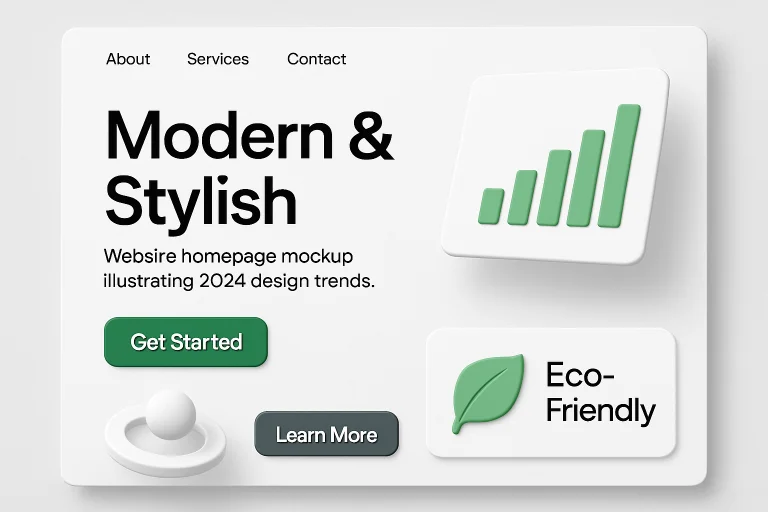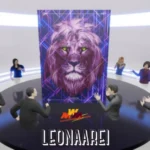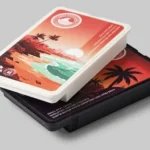Key Takeaways
- Minimalist and immersive design trends continue to thrive, focusing on clarity and interaction.
- Artificial Intelligence and Augmented Reality are reshaping web experiences.
- Inclusive, accessible, and sustainable design practices are now essential, not optional.
Table of Contents
- Introduction
- Minimalist Design
- Immersive 3D Elements
- AI-Generated Imagery
- Inclusive and Accessible Design
- Sustainable and Eco-Friendly Design
- Experimental Typography
- Voice User Interfaces
- Augmented Reality Integration
Discover more insights in this related post – it’s worth your time!
Introduction
As businesses seek to enhance their online presence, staying ahead of modern website design trends is more critical than ever. The evolving needs of digital consumers, paired with technological breakthroughs, are reimagining how brands connect and communicate. In 2024, innovation isn’t just about flashy visuals or eye-catching animations it’s about creating seamless, meaningful, and memorable experiences for every visitor who lands on your site.
Website design is quickly becoming an intersection of art, technology, and usability. To compete in today’s digital arena, brands must adopt solutions beyond surface-level aesthetics and address deeper ease, inclusivity, and sustainability levels. Leveraging the right design strategies ensures a business attracts and retains users in a competitive landscape driven by first impressions.
As expectations for seamless browsing rise, focusing on functional beauty and intuitive navigation matters as much as visual polish. Users want intuitive journeys that blend creativity with practicality, setting new standards for web experiences across all industries.
For brands ready to embrace these changes, collaborating with forward-thinking website designers can accelerate success by delivering future-proof online experiences that capture attention and foster loyalty.
Minimalist Design
The phrase “less is more” continues to define web aesthetics in 2024. Minimalist designs harness the power of clean layouts, ample white space, and a muted palette to keep the user’s focus on essential content. This discipline strips away unnecessary clutter, resulting in faster load times—an increasingly important factor for user satisfaction and search engine performance. Effective minimalist sites typically present information clearly, support stronger calls to action, and boost readability, ultimately reducing visitor fatigue.
Immersive 3D Elements
Websites featuring 3D graphics, subtle animations, and interactive visuals provide depth and realism, transforming static browsing into a dynamic, vivid journey. Used judiciously, 3D elements such as product rotations or immersive backgrounds enhance engagement and brand recall. However, designers must strike a careful balance: overuse can distract or cause slower site speeds, so prioritizing user experience is key. Forbes highlights that experiential design quickly becomes a differentiator in crowded markets.
AI-Generated Imagery
Artificial intelligence is revolutionizing how websites deliver personalized experiences. AI-generated imagery allows for rapid production of custom visuals aligned with audience preferences whether shape-shifting hero graphics, unique product images, or mood-specific banners. Because these visuals are algorithmically crafted, they enable brands to refine messaging and tailoring without relying on cookie-cutter stock photos, sparking deeper engagement and user loyalty.
Inclusive and Accessible Design
Accessibility is emerging as a pillar of modern web development, encouraging brands to remove digital barriers for all users including those with impairments. Essential accessibility features include descriptive alt text, keyboard navigability, screen reader compatibility, and high-contrast color schemes. Many regions require compliance with guidelines like WCAG to foster digital inclusivity, which benefits both people and brands by expanding reach. For an in-depth look at inclusive design strategies, visit Smashing Magazine.
Sustainable and Eco-Friendly Design
As environmental awareness grows, sustainability is taking root in website development. Optimizing images, minimizing CSS and JavaScript, and utilizing lightweight frameworks reduce energy consumption and lower the digital carbon footprint. Additionally, green web hosting and eco-conscious color palettes send a powerful message about a brand’s values. Sustainable web practices are now recognized as good business, meeting rising stakeholder expectations and contributing to global efforts against climate change.
Experimental Typography
Typography in 2024 is all about breaking conventions bold, animated, and custom fonts are used to assert brand identity and create immediate impact. Whether through oversized headlines, interactive text, or hand-drawn scripts, experimental typography commands attention and sets the tone for the visitor’s journey. While creativity is celebrated, ensuring legibility and accessibility remains non-negotiable for delivering a compelling and inclusive website experience.
Voice User Interfaces
The proliferation of smart speakers and virtual assistants has boosted demand for website Voice User Interfaces (VUIs). VUIs offer hands-free navigation, making sites more accessible to those with mobility challenges or users multitasking across devices. Integrating voice search also provides new channels for content discovery, catering to consumers who value speed and frictionless interaction.
Augmented Reality Integration
AR is dramatically reshaping ecommerce and service-based industries by overlaying virtual information onto physical environments. Websites can harness AR for real-time product demonstrations, virtual try-ons, or interactive tours allowing customers to make informed decisions from anywhere. According to CNBC, AR drives measurable increases in engagement and conversions, paving the way for a richer online experience that merges the virtual and real worlds.
By keeping pace with these emerging website design trends, brands can build forward-thinking, future-proof platforms that resonate with users in the digital age. Addressing innovation, accessibility, and sustainability together sets businesses apart and establishes lasting value in a hypercompetitive market.
Our spotlight piece—this featured post is a must-read!






